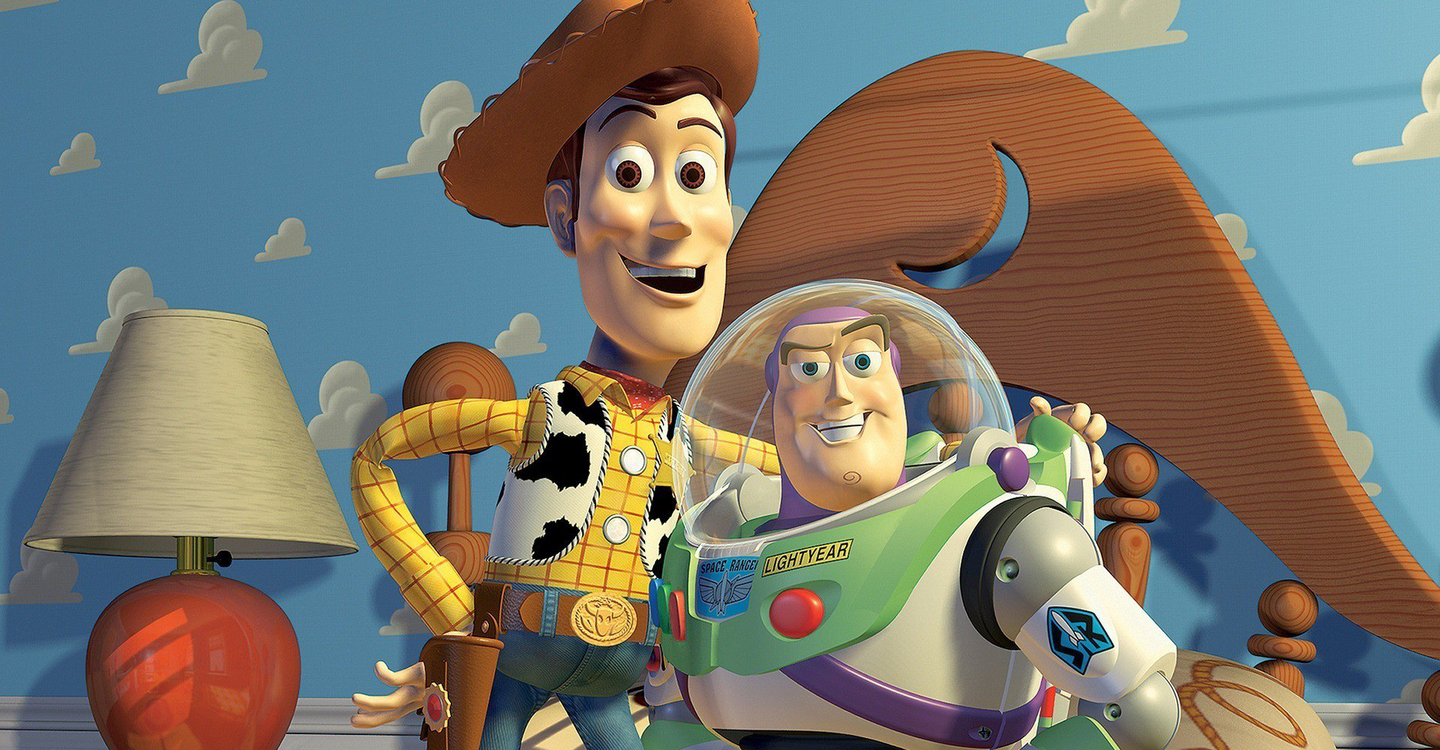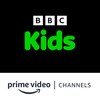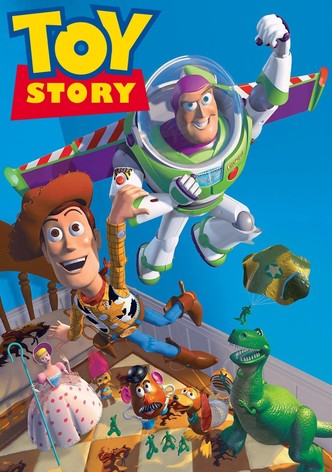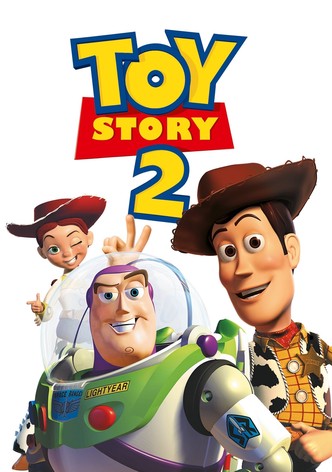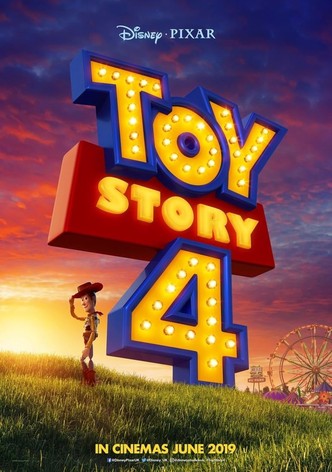Toy Story is an animated classic! Set in a universe where toys secretly come to life, the story follows Sheriff Woody, a beloved ‘90s cowboy toy, as he comes to terms with his life after being replaced by Buzz Lightyear, a futuristic spaceman, by his owner, a six-year-old boy named Andy. The movie’s success led to three extremely popular sequels: Toy Story 2, Toy Story 3, and Toy Story 4. The franchise is currently working on its fifth installment, Toy Story 5, which is set to hit theaters in mid-2026.
If you’re just concerned with watching the main adventures of Woody, Buzz, and the rest of the toys, you can simply watch Toy Story 1-4 in order of release. However, if you’re interested in exploring the franchise to its fullest, there are several specials and even a prequel spin-off film titled Lightyear, which delves into the history of Buzz Lightyear, the real-life spaceman the iconic toy is based on in Toy Story. Check out this guide to see all the different ways to experience the Toy Story franchise – by release order, chronological timeline, or character-focused storylines.
The Best Way To Watch Every Toy Story Movie, Special, and Short
The Toy Story franchise is expansive, which can make it a little daunting to figure out how best to approach the movies, specials, and TV shows. If you’re looking for the simplest way to approach the Toy Story franchise, we’d recommend starting with the feature films in release order, and then watching the specials and shorts in the order of release. The main movies cover the key plot points, and are fairly easy to follow since they’re numbered. While watching the specials and shorts separately once you’re done with the main movies reduces the back and forth, and gives you bonus content to enjoy the franchise to its fullest. Here’s the viewing order:
Toy Story (1995)
Toy Story marked a turning point for animated movies. Not only was the film Pixar’s debut animated feature film, it was also the first ever animated feature film to be entirely created using Computer Generated Imagery (CGI). The story follows a group of toys that come to life when humans aren’t around, and their fun adventures. With its themes of friendship, loyalty, and acceptance,Toy Story is the perfect way to sneak in life-lessons and gentle learnings for kids of ages 4 and up.
Toy Story isn’t just a kids’ movie, it’s an all-round family experience, packed with humour, adventure, and heartwarming moments that resonate with viewers of all ages. For millennials, it’s the ultimate nostalgia trip, bringing back memories of all the iconic toys of their childhood. The film’s simple animation style might seem a little dated compared to Pixar’s newer releases like Toy Story 3 or Toy Story 4, but the movie’s strong themes of friendship, love, and loyalty make it a timeless choice for younger kids even today.
Toy Story 2 (1999)
Toy Story 2 shifts the focus onto Woody’s origin story. When he is stolen by a toy collector, Woody learns about his origins as a 1950s TV cowboy toy, and meets new friends like Jesse, Stinky Pete, and Bullseye along the way.
It’s a suitable pick for kids ages 4 and up, but given that it's a direct continuation of the first film, it’s best enjoyed after watching the first movie. The sequel is more mature, and emotionally driven like Pixar’s other introspective films like Inside Out and Up, making it a good pick for slightly older audiences like teens and adults as well. The movie’s western themes open up the franchise to fans of cowboy adventures like Rango, but it might not appeal to viewers who prefer the fast-paced, high-stakes action of the first film.
Toy Story 3 (2010)
The third movie adds a fresh new spin to the franchise by introducing the element of Andy leaving for college, and changing the setting to a children’s daycare, keeping the franchise from feeling repetitive or overly sentimental. It also marks the beginning of a new era, i.e. Bonnie’s ownership of the toys, acknowledging the clear generational shift in audience the new film is catering to, in a clever way.
The characters are more evolved and grown up compared to the first two films, reflecting both the audience and the characters growth since the first film. The animation is a lot more detailed and polished, on par with Pixar’s other visually stunning films from the era like Up, and Ratatouille. Toy Story 3 could have very well been a fitting end to the franchise, but the introduction of Bonnie, opens up the franchise to a whole new audience of kids who might find the toys from the first two movies hard to relate to.
Toy Story 4 (2019)
Toy Story 4 stands out from the rest of the franchise for its introspective tone. The movie shifts the focus from a toy’s purpose in relation to its owner, to solely just a toy’s purpose. The movie brings back old favorites from the original film like Bo Beep in an all new light, and even though Toy Story 3 felt like the franchise was heading towards catering to a new audience of younger kids, Toy Story 4 feels very much tailored to the millennials that grew up watching the original. Visually, it’s the most polished entry showcasing Pixar’s technical mastery with ultra-detailed animation. This combined with the film’s overall philosophical and contemplative tone, makes it go toe to toe with Pixar’s more thoughtful and emotionally driven films like Inside Out and Soul. Toy Story 4 isn’t for new fans, or anyone unfamiliar with the previous entries, as its emotional impact relies heavily on knowing the characters’ histories and relationships.
Lightyear (2022)
A prequel spin-off to the Toy Story franchise, Lightyear is a sci-fi space epic exploring the real-life origin story of the famous Space cadet that inspired the toy. Unlike the main films, the movie takes a more serious approach, upping the stakes with real-world space mission dangers, time travel complications, and moral dilemmas.
Aimed at slightly older audiences, Lightyear is suitable for kids ages 7 and up, and especially appeals to sci-fi fans and older millennials interested in seeing a more grown-up take on a beloved character. Given that the movie has no relation to the toys, it could be watched and appreciated as a standalone story as well by sci-fi fans who grew up on classic sci-fi films like Star Wars and Alien.
The five films above cover all the main Toy Story feature movies in the franchise, but as we’ve already covered, the Toy Story universe also includes several specials, shorts, and TV shows in its toy box. Most of these are bonus shorts with self-contained stories, holiday specials, or spin-off TV series that run in isolation to the events of the main film, so you don’t need to watch them to follow the main storyline. Here’s the release order including all the specials, shorts, and tv series:
- Toy Story (1995)
- Toy Story 2 (1999)
- Buzz Lightyear of Star Command: The Adventure Begins (2000)
- Buzz Lightyear of Star Command (TV Series, 2000–2001)
- Toy Story 3 (2010)
- Hawaiian Vacation (Short, 2011)
- Small Fry (Short, 2011)
- Partysaurus Rex (Short, 2012)
- Toy Story of Terror! (TV Special, 2013)
- Toy Story That Time Forgot (TV Special, 2014)
- Toy Story 4 (2019)
- Forky Asks a Question (Short Series, 2019)
- Lamp Life (Short, 2020)
- Lightyear (2022)
- Toy Story 5 (Upcoming, TBD)
However, if you’d like to explore the franchise to its fullest, and are up to the challenge of switching back and forth here’s a complete guide to all the different ways to watch the movies, tv specials, shorts, and spin-offs:
Toy Story in Chronological order
- Lightyear (2022)
- Buzz Lightyear of Star Command: The Adventure Begins (2000)
- Buzz Lightyear of Star Command (TV Series, 2000–2001)
- Toy Story (1995)
- Toy Story 2 (1999)
- Hawaiian Vacation (Short, 2011)
- Small Fry (Short, 2011)
- Partysaurus Rex (Short, 2012)
- Toy Story of Terror! (TV Special, 2013)
- Toy Story That Time Forgot (TV Special, 2014)
- Toy Story 3 (2010)
- Lamp Life (Short, 2020)
- Toy Story 4 (2019)
- Forky Asks a Question (Short Series, 2019)
- Toy Story 5 (Upcoming, TBD)
All The Major Toy Story Character Arcs
If you’re rewatching the saga, you could also skip through some of the movies, and mix up the viewing order to focus on the character arcs of your favourite toys or humans from the franchise. Here are some of the main character arcs you can follow through the Toy Story franchise:
Andy’s Storyline
Follows the toys during Andy’s childhood:
- Toy Story (1995)
- Toy Story 2 (1999)
- Hawaiian Vacation (Short, 2011)
- Small Fry (Short, 2011)
- Partysaurus Rex (Short, 2012)
- Toy Story of Terror! (TV Special, 2013)
- Toy Story That Time Forgot (TV Special, 2014)
- Toy Story 3 (2010)
Bonnie’s Storyline
Focuses on the toys’ life after Andy:
- Toy Story 3 (2010)
- Lamp Life (Short, 2020) – Bo Peep’s perspective, but important for Bonnie’s timeline
- Toy Story 4 (2019)
- Forky Asks a Question (Short Series, 2019)
Forky’s Storyline
Covers his introduction and philosophical adventures:
- Toy Story 4 (2019) – Forky is created
- Forky Asks a Question (Short Series, 2019)
Bo Peep’s Storyline
Focuses on her evolution from supporting character to independent adventurer:
- Toy Story (1995)
- Toy Story 2 (1999)
- Lamp Life (Short, 2020)
- Toy Story 4 (2019)
Buzz Lightyear’s Storyline
Follows his evolution from real-life space ranger to toy hero:
- Lightyear (2022) – Origin of the real Buzz Lightyear
- Buzz Lightyear of Star Command: The Adventure Begins (2000)
- Buzz Lightyear of Star Command (TV Series, 2000–2001)
- Toy Story (1995)
- Toy Story 2 (1999)
- Hawaiian Vacation (Short, 2011)
- Small Fry (Short, 2011)
- Partysaurus Rex (Short, 2012)
- Toy Story of Terror! (TV Special, 2013)
- Toy Story That Time Forgot (TV Special, 2014)
- Toy Story 3 (2010)
- Lamp Life (Short, 2020)
- Toy Story 4 (2019)
- Forky Asks a Question (Short Series, 2019)
Woody’s Storyline
- Toy Story (1995)
- Toy Story 2 (1999)
- Hawaiian Vacation (Short, 2011)
- Small Fry (Short, 2011)
- Partysaurus Rex (Short, 2012)
- Toy Story of Terror! (TV Special, 2013)
- Toy Story That Time Forgot (TV Special, 2014)
- Toy Story 3 (2010)
- Toy Story 4 (2019)

